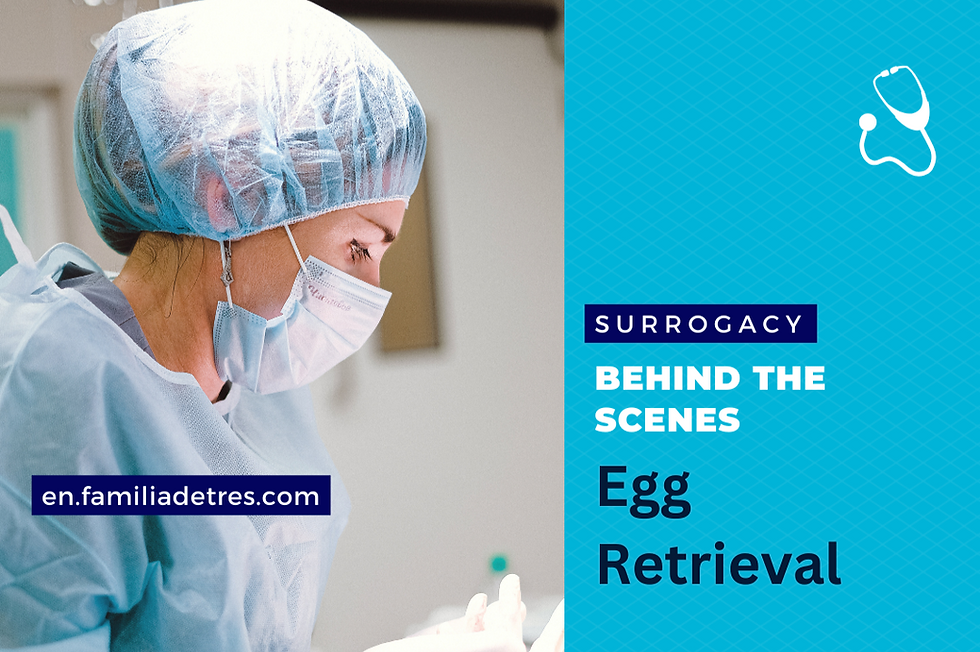Twins
- Familia de Tres

- Nov 19, 2024
- 1 min read
In surrogacy, multiple pregnancies occur when two or more fetuses develop in the gestational carrier's womb.
These cases of multiple pregnancies can be planned or happen naturally.
In the first case, two embryos are transferred to the gestational carrier's womb to increase the chances of success. This practice raises the probability of a twin pregnancy.
In the second case, even if only one embryo is transferred, it can sometimes divide, resulting in identical twins (monozygotic). This type of multiple pregnancy is less common but can occur spontaneously.
The decision to transfer one or two embryos is discussed among the intended parents, the gestational carrier, and the doctors, taking into account the genetic study of the embryos, the health of the gestational carrier, and the wishes of both the parents and the gestational carrier.
Surrogacy contracts generally address the possibility of multiple pregnancies. It is common for all parties to agree from the beginning on whether multiple embryos will be transferred.
Twin pregnancies usually require more frequent check-ups due to the inherent risks of multiple pregnancies, such as premature birth. Ultrasound and monitoring appointments are often more frequent to assess the development of both babies and the health of the gestational carrier.
Additionally, the gestational carrier receives close follow-up to ensure her health is optimal for carrying twins.
Personally, we chose to transfer two embryos in our first surrogacy experience, of which one advanced. That little embryo is now eight years old and fills our home with joy 💚
Did you choose, or would you choose, to transfer two embryos?












Comments